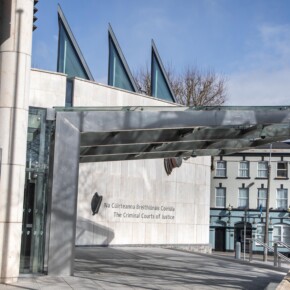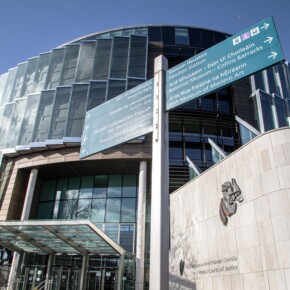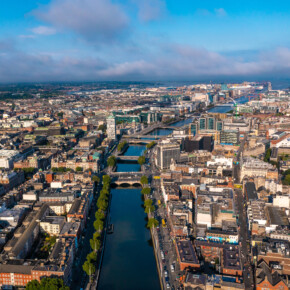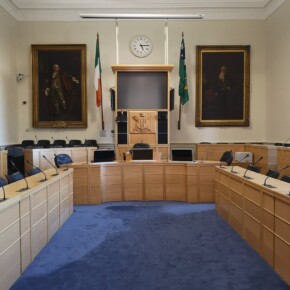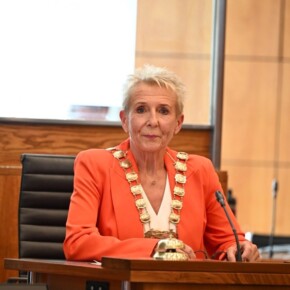Cabinet approves order of 90 new electric carriages for the DART
Gary Ibbotson 29 Nov 2022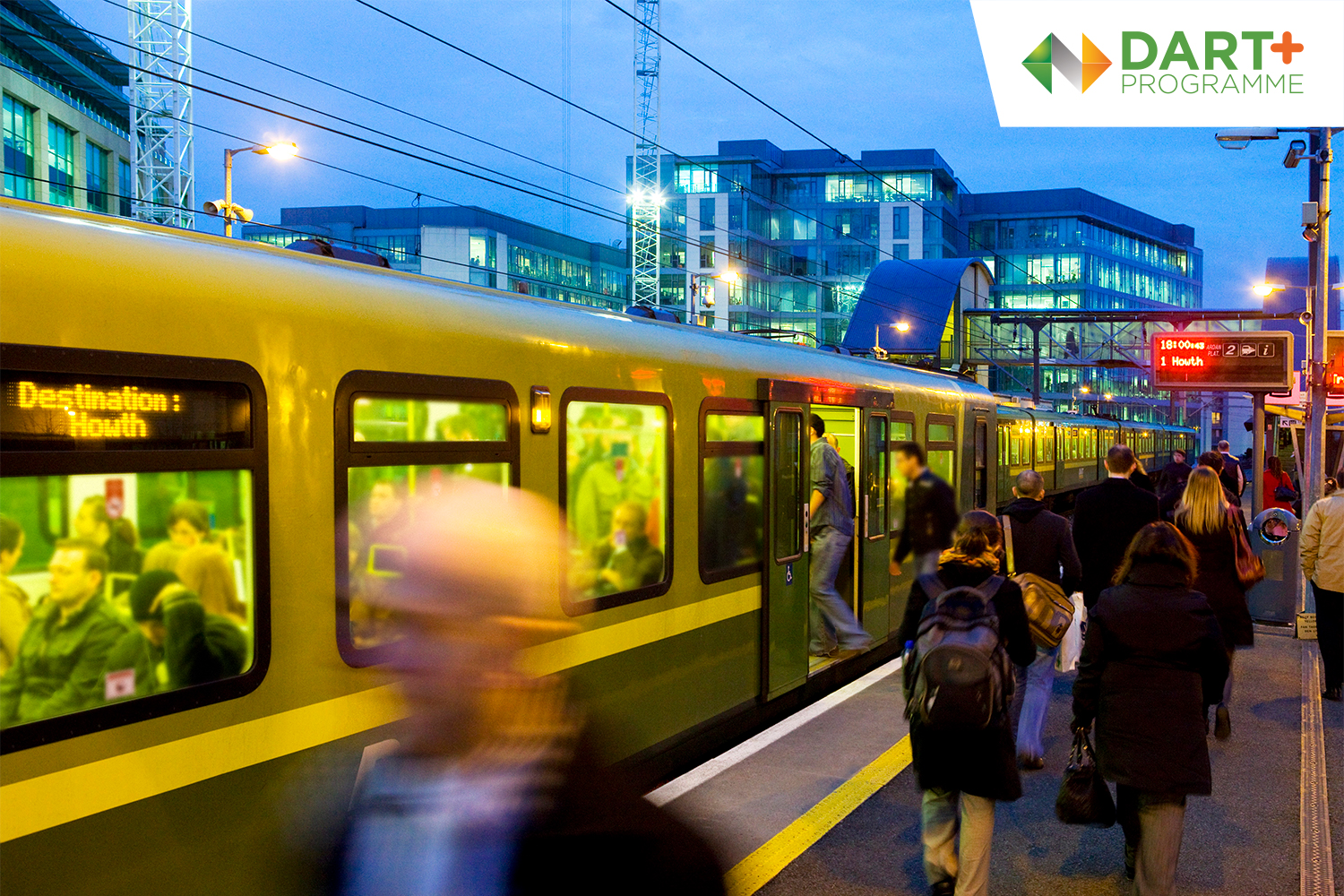
The Government has approved an order for 90 new electric train carriages for the DART.
Minister for Transport Eamon Ryan secured the approval from the Cabinet today and the carriages are expected to be delivered in 2026.
“The new carriages will significantly enhance Ireland’s rail transport capacity, particularly to the expanding DART system in the Greater Dublin Area and Eastern region,” a spokesperson for the Department of Transport said.
“The carriages will facilitate the wider DART+ Programme which is expanding the existing DART service from Dublin City Centre to Drogheda to the north, Maynooth/M3 Parkway to the west, Celbridge/Hazelhatch to the south-west.”
The Department of Transport says the adaptability of the carriages means there is potential to also use them on lines between Greystones and Wicklow and the Cork Area Commuter Rail.
The train order will consist of 18 modern five-carriage Battery-Electric Multiple Units (BEMUs), funded by the Department of Transport through the National Transport Authority (NTA), at a total cost of circa €179m.
This is in addition to 95 new electric and battery-electric DART carriages approved by the Government last December, entering into service in 2025.
The BEMUs can operate in electric-only mode using overhead electric wires or, through the use of batteries, in battery-electric operation in other parts of the rail network, maximising flexibility and capacity, and helping to replace and decarbonise existing diesel-fleet operations.
Minister Ryan said in a statement: “I am delighted that the Cabinet agreed today to the purchase of 90 new battery-electric train carriages for arrival in 2026.
“This comes on top of the 41 intercity carriages currently arriving into Ireland as well as the 95 carriages approved by Government last year for the DART+ Programme.
“This Government is continuing to do more to transform our rail and public transport systems than any other in decades.
“We are doing this because the scale of change we need to make is beyond compare – to provide better, more frequent and more accessible transport choices to many more people and to meet our emissions targets.”



